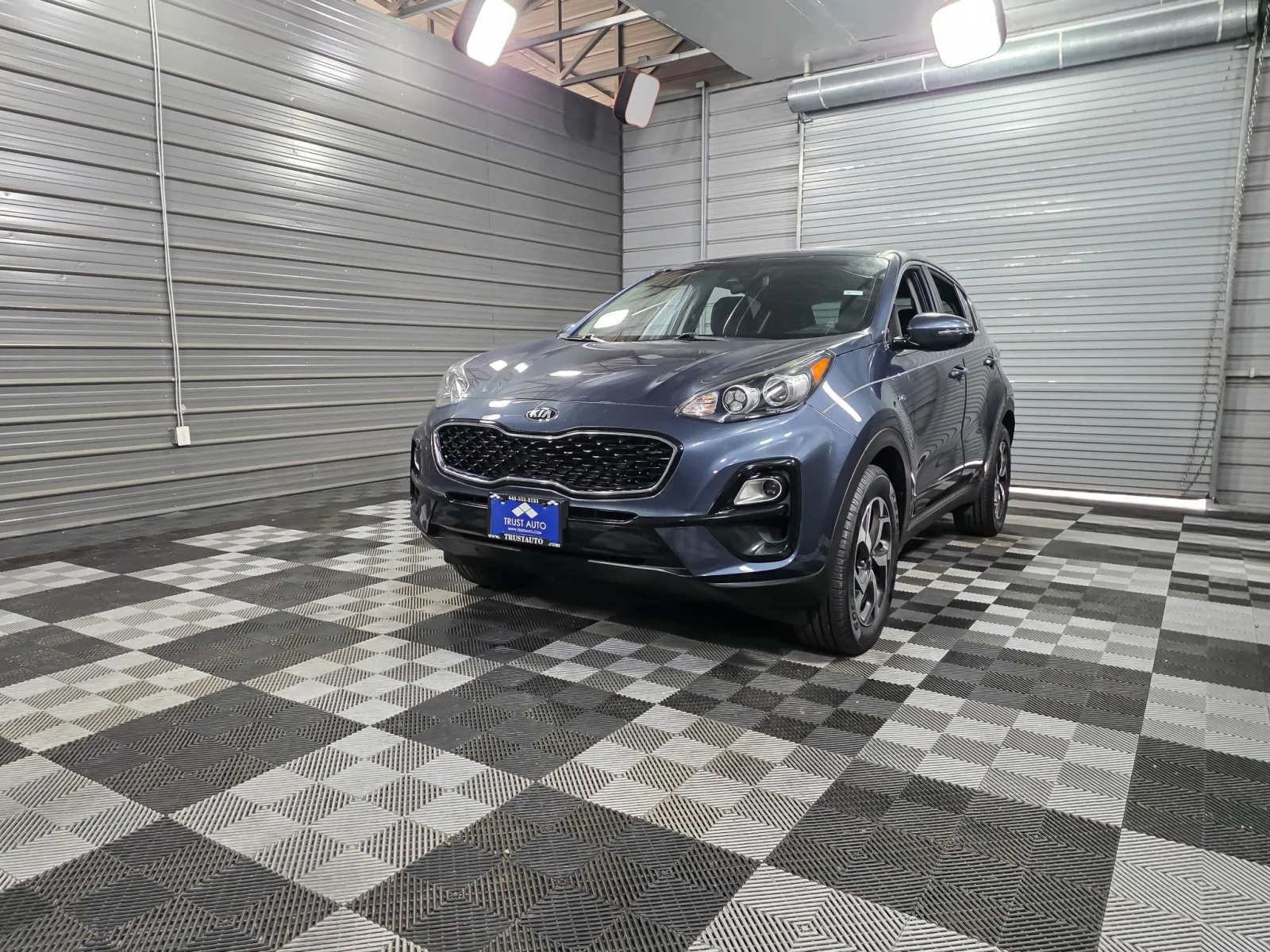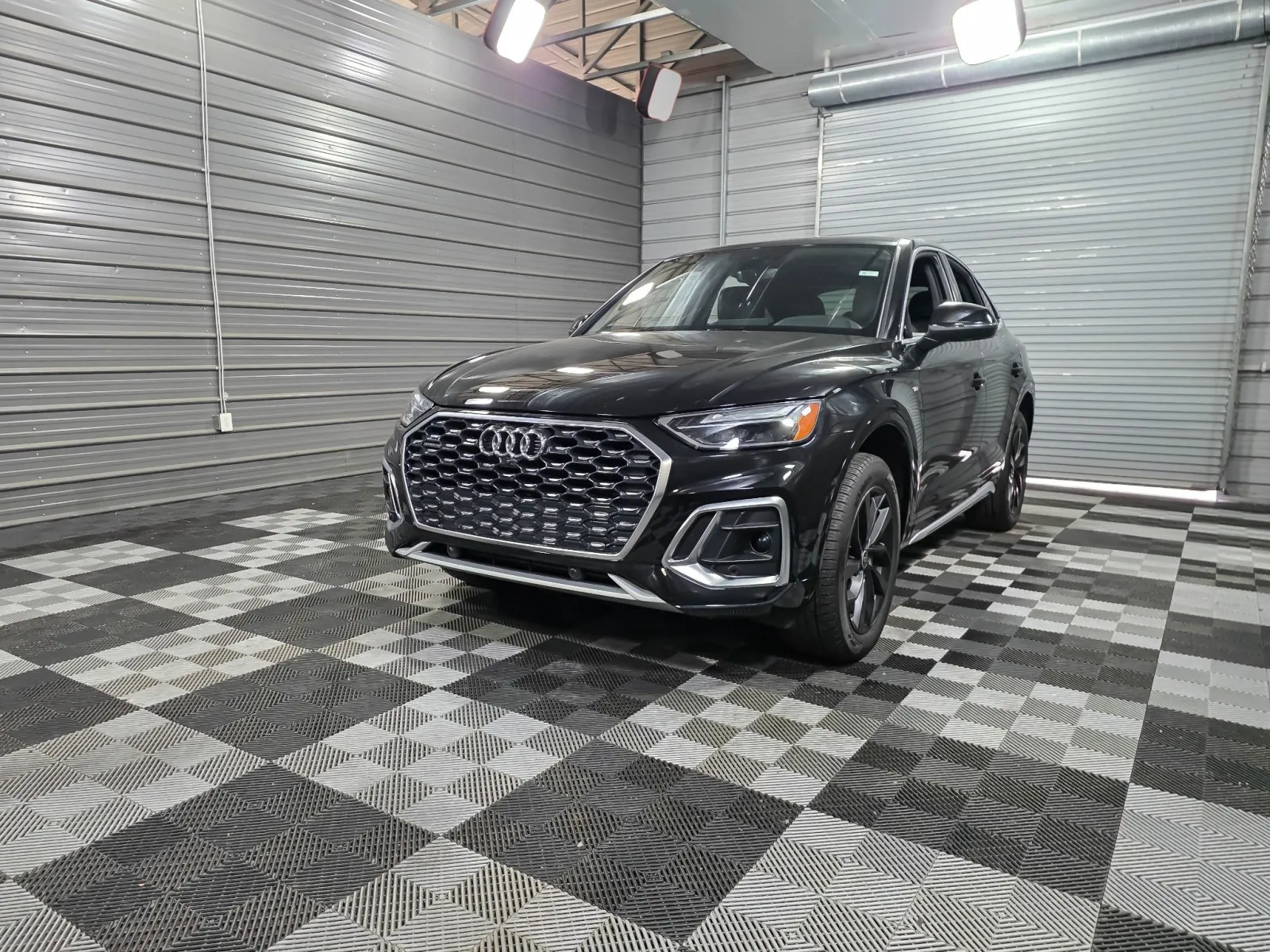How the BMW X5 Changed the Luxury SUV Game

How the BMW X5 Changed the Luxury SUV Game
In one form or another, SUVs have been around for many decades. Yet, until the 1980s, SUVs were more appliances than polished driving machines. The launches of the Jeep Cherokee in 1984 and Ford Explorer in 1990 would pave the way for today’s SUV onslaught.
Seeing a trend emerging, German automakers soon began to develop their own models. Mercedes was first out of the gate with the ML230 for the 1998 model year. Two years later, BMW released its first SUV, the X5. While this seems like a story of carmakers just playing catch up, the X5 is a story in its own right.
Until the X5, all upscale SUVs were a body-on-frame design. This means the chassis and body are two separate components that are combined during assembly. In contrast, the X5 uses a unibody design where the chassis and body are built as one component. In fact, the first unibody SUV, the Toyota RAV4, only hit the market four years before the X5.
We’ll skip the long story on the differences between the two types of car building. But, unibody construction allows a vehicle to have better driving dynamics and more precise handling, two characteristics synonymous with BMWs. And that’s why the BMW X5 was a revolutionary vehicle. Finally, there was an SUV that was handled more like a car. The X5’s unibody approach was such a big deal that the second generation Mercedes ML used a unibody design.
Now that you know why the BMW X5 was such an SUV game-changer let’s explore each generation. You’ll find this information helpful if you are just curious about X5s or are considering a used BMW X5 for sale.
2000-2006 X5: First Generation (E53)
BMW’s inaugural SUV (or SAV, sports activity vehicle, in BMW’s language) was notable for many reasons. First, it was the German automaker’s debut into the world of crossovers. Second, the X5 would be produced at the company’s then-new U.S. manufacturing plant in South Carolina. And, the first-gen X5 shared many mechanical components with Land Rover’s Range Rover (BMW had acquired Land Rover in 1994).
Interestingly, first-year models of the E53 X5 only came with a 4.4-liter V-8 engine making 282 hp. A five-speed automatic transmission managed power to the standard all-wheel-drive system. A 3.0-liter six-cylinder engine (producing 225 hp) became the entry-level powerplant for 2001 models to reduce cost and improve fuel economy. While it’s hard to imagine it now, the base engine was connected to a five-speed manual transmission (the automatic was an upgrade). A luxury SUV with a stick is now a unicorn.
The following year saw the introduction of the 4.6is sport model with a 340 hp V-8 under the hood. Finally, in 2003, seeking to create a more significant differentiation between six-cylinder and eight-cylinder models, BMW made Dakota leather standard on all V-8 X5s.
For 2004, the X5 underwent a mid-cycle fresh with a revised front end and the all-new xDrive all-wheel-drive system. The 4.6is received an engine upgrade and became the 4.8is with 355 hp. In addition, the base V-8 engine was updated with an output reaching 315 hp. Also, both transmissions now feature six gears instead of five.
2007-2013 X5: Second Generation (E70)
The second-generation X5 launched for the 2007 model year with an all-new design. In addition, larger proportions helped separate the X5 from its smaller stablemate, the X3. The larger second-gen X3 was introduced a year earlier, so BMW didn’t want to sacrifice sales of the pricier and more profitable X5.
In addition to body changes, the E70 X5 underwent major upgrades elsewhere. The iDrive infotainment system became standard across the model range, and there was now a third-row seating option (a first for any BMW). Other add-ons included a heads-up display and active steering. In addition, handling could be significantly improved with the optional active damping system and Dynamic Drive to control body roll.
Under the hood, buyers could choose from a 260 hp 3.0-liter straight-six or a 350 hp 4.8-liter V-8. BMW dropped the manual, so a six-speed automatic became the only transmission. For 2009, BMW introduced a 265 hp 3.0L turbodiesel to the lineup, making X5 Diesel power available for the first time in North America.
2010 was a banner year for BMW enthusiasts as the high-performance X5 M hit the market. Powered by a snorting twin-turbo 4.4-liter V-8, which produced a neck-snapping 547 hp, the X5 M proved that performance and SUVs were not mutually exclusive.
As part of the model refresh for 2011, the X5 received a pair of new engines and an all-new eight-speed automatic transmission. Standard power comes from a turbo 3.0-liter inline-six making 300 hp (a nice 15% bump from the previous year). In addition, twin-turbos are added to the V-8, so the 4.4L engine makes 400 hp (a substantial 50 hp increase from 2010).
2014-2018 X5: Third Generation (F15)
With the launch of the third-generation X5, BMW’s top-tier SUV finally became available in rear-wheel drive (the sDrive35i trim). This configuration was well suited for warmer climates that didn’t need all-wheel-drive. In addition, these drivers didn’t mind the lower cost and better fuel economy of the sDrive35i.
Unlike the rounded and bulbous design of the second-gen X5, this newest edition featured a flatter, more sculpted body that was reminiscent of the first X5. But with beefier proportions. In addition, BMW used more high-strength steels and polymers to reduce overall weight by about 200 lbs from earlier models.
In addition to an all-new and upscale cabin, all trims now receive adaptive headlights, heated front seats, and driver seat memory as standard items. Also, the same power plants are carried over for the xDrive35i, xDrive35d, and xDrive50i trims.
The power plants do get interesting with the debut of the 2015 X5. First, we see the return of the X5 M, which produces 567 hp via its twin-turbo 4.4-liter V-8. Second, in seeming contrast to the X5 M, and X5 hybrid is launched. The xDrive40e is equipped with a 242 hp turbo-four that’s paired with a 111 hp electric motor and a 9 kWh battery.
Check out this 2016 BMW X5 M with Executive Package
2019-Current X5: Fourth Generation (G05)
The 2019 model year brings the fourth-generation X5 to the market. While the G05 is all-new, you’ll have to stare closely at it to see the differences with the third-gen model. Hint: the G05 has a taller grille, and the body panels are more rounded. This modest difference makes a strong case for the previous model (F15 X5) if you’re thinking of buying a used BMW X5.
The X5 begins with the xDrive40i and its 335 hp turbo six, while the xDrive50i scoots about with a 455 hp twin-turbo 4.4-liter V-8. All-wheel drive is again standard, while the rear-wheel-drive sDrive model won’t return until 2020.
Inside, the fourth-gen X5 undergoes a significant update that showcases the car’s technology. Here, the cabin sports dual 12-inch displays for instrumentation and the iDrive infotainment system. Additionally, more safety tech is standard across the lineup, including blind-spot monitoring, lane departure warning, rear cross-traffic alert, forward collision mitigation, and adaptive cruise control.
If “M” is meaningful for you, 2020 is a banner year as BMW goes overboard with M variants. This effort begins with the M50i (think of it as the X5 M “light”). Slotting above the xDrive50i, the M50i uses the same 4.4-liter V-8 but now makes 523 hp. If that’s not good enough, you can step up to the real X5 M edition, which tweaks 591 hp out of that 4.4-liter V-8. However, as they say in those late-night infomercials, “But, wait, there’s more!” So, if the regular X5 M is too ordinary, consider the X5 M Competition edition. This supercar, in the form of an SUV, squeezes even more out of the same engine and produces 600 hp.
Discover Our Selection of Used BMW X5 and X5 M Models for Sale Please note that our inventory changes frequently and is subject to prior sale. Be sure to ask us about incoming used BMW X5s.
Buying a Used BMW X5 at Trust Auto
We love BMW X5s at Trust Auto, and so do our customers. This SUV is the ideal blend of style and performance. And, the used X5 models at Trust Auto offer excellent value. So, if car shopping involves a used BMW X5 for sale in Maryland, then Trust Auto Sales are the must-visit dealership.
Buying a used car in Virginia? Buying a used car in Washington, DC? Then the best-used cars are just a short drive away. Buying a used car in Pennsylvania? Buying a used car in New York? Then learn how our remote shopping services can help you find the perfect vehicle without ever leaving home.
When your search calls for the best-used car dealership near me, Trust Auto in Sykesville is the answer. From Baltimore and beyond, we’re the used car dealer that focuses on you. So call or stop by today to explore our extensive selection of high-quality cars, SUVs, and trucks.











